
 An artist’s impression of the Midfield terminal.
An artist’s impression of the Midfield terminal.
An ambitious plan to transform Abu Dhabi International Airport (ADIA) into a major transport hub for the Middle East for both cargo and passengers has made significant headway, according to the Abu Dhabi Airports Company (ADAC), which has assumed control of Abu Dhabi and Al Ain airports since last September.
The Dh26 billion ($7.07 billion) redevelopment plan is being spearheaded by the Supervision Committee for the Expansion of Abu Dhabi International Airport (Scadia), a high-powered entity established in May 2004 for this purpose.
The project, being built to the north of the existing airport, is expected to double the size of the facility to 34 sq km and will provide a top quality home base for the national carrier, Etihad Airways. The development is essentially a new airport and when the new facilities are complete, the existing airport will be phased out.
According to James Robinson, ADAC’s planning manager, the project is heading for a timely completion with certain facilities scheduled become operational next year. Work is progressing according to schedule, he says, and three facilities will come on line in the first half of 2008: a new passenger terminal, a second runway and a state-of-the-art air traffic control tower.
The programme will allow for phased growth of passenger traffic to beyond 40 million per year from the current seven million, while cargo capacity will be boosted to 2.5 million tones per year.
The airport master plan has been designed by the US-based Skidmore Owings and Merrill (SOM) while Parsons International, also from the US, has been designated as the project manager.
The SOM team, which included Leigh Fisher Associates, was commissioned to develop a master plan to cater for expansion across a 30-year planning horizon.
“Our work resulted in a master plan that assures the long-term capacity of the airport. It calls for a new runway set at a separation of 2,000 m, a new terminal complex in the midfield, new air traffic control centre, extensive new cargo areas with the potential of associated free trade zones, and abundant expansion capacity for all other sectors of airport activity. In addition, SOM has set aside areas for associated commercial and leisure development, as well as formulated development guidelines for the region around the airport,” says a spokesman for SOM.
The project includes two new terminals – the flagship Midfield Terminal and the Interim Etihad terminal – as well as an airport free trade zone and retail and maintenance facilities.
Etihad Terminal
Work on the interim Etihad terminal is being implemented by the Al Habtoor Engineering (HEE)/ Murray & Roberts (HMR) joint venture. The terminal, with a capacity of five million passengers per year, will be on line by 2008 and is designed to accommodate the growth of Etihad Airways, until the inauguration of the new Midfield Terminal in 2010. Its eight gates are capable of handling the new generation of wide-bodied aircraft, with two of them able to cater to the new Airbus A380 aircraft. Terminal 3 – as it is also known – will increase the airport’s passenger handling capacity to 12 million.
The project site is located to the north and west of the existing Terminal 1, and will include first class and business class lounges, 25 check in desks, approximately 3,000 sq m of duty-free space, food and beverage areas, passenger screening checkpoints, customs and immigration facilities.
Commenting on the project, a spokesman for Al Habtoor Engineering says: “HEE’s expertise in airport construction projects, following a 11-year association with the Dubai International Airport, came in handy in the planning of the design.”
HMR officially launched work on the project in September last year, and currently concreting work is in progress. The design-and-build project will be linked with the existing Terminal 1 facility.
“The project, being implemented in phases, has been designed principally on three levels apron, departures, and arrivals. The docking bays, each a 36 m long, are massive single-piece structures, being manufactured in Europe and will be shipped. Transporting them from the docks to the airport would certainly be a testing job!” says project manager Raed Hammed. “It is intended to attach wheels to the structure so as to ease trailer transportation, enabling them to be wheeled along to the site.”
Another challenge, according to Hammed, is the curtain-walling works.
“It will be very high and must be designed in such a way as to withstand a great deal of vibrations resulting from the sound of airplanes engines at full thrust,” he says.
Hammed points out that all the work is being carried out while the airport is fully operational.
“We are working in a live airport, and thus security is paramount. We must ensure that everything runs smoothly and that passengers are not affected by construction processes,” he explains. “In addition, each individual working at this site requires an airport pass. Normally two passes are essential – one for the airside, and the other for the landside. Getting these official passes for the 2,000 people expected at the project’s peak will pose a challenging task. As a strategic move, in order to minimise any possible security issue, the whole airport fence was redone to ensure that the entire ongoing construction area is on the landside.”
Another mammoth task facing the contractor involves linking the current airport systems to the new airport.
“It involves complex automated systems and machinery. Erstwhile installations would include sophisticated X ray machines, immigration systems, baggage-handling systems etc, which are similar to those at Dubai Airport. Thus, prior experience has given us an edge,” he says.
The project is currently at its peak with 4,000 workers on site.
Midfield Terminal
The midfield terminal’s conceptual designs have now been completed and groundbreaking work will start later this year. The flagship terminal, which will initially have 30 gates and expanded to more than 80, will bring the airport’s overall capacity to 20 million passengers, which can then be further expanded gradually to 40 million to cope with future growth.
The designs for the massive X-shaped midfield terminal are being finalised to Kohn Pedersen Fox (KPF) Architects. The X-design will provide travellers with a 40,000 sq m centrally-located shopping area, the architect said. A driving factor in the design is to prevent leakage, or loss of revenue, when Abu Dhabi residents fly out of other UAE airports. To achieve this, the designs factor in 1,000 sq m of retail space per million passengers. The terminal is scheduled to open in November 2010.
Other facilities
The second runway – being built 2 km to the north of the existing one by a UAE-Brazilian joint venture Odebrecht-Al Jaber under a contract worth Dh1 billion – is a category 3 all-weather runway measuring 4,100 m in length and will be capable of handling the new A380 double-decker aircraft. An airport spokesperson said that 70 per cent work on this project – which started in May 2006 – has already completed and is scheduled for completion by March 2008.
A new 110-m-high air traffic control complex, an architectural marvel to be fitted with the latest navigational and meteorological equipment, is due to be operational by June next year and will enable the airport to handle up to 70 takeoffs and landings per hour. Foundation work on the 110 m state-of-the-art air traffic control complex – positioned between the two runways – is almost complete and ADP Ingenierie (ADPi), the engineering subsidiary of French state-owned airport operator Aeroports de Paris, has indicated that it has signed a contract for its construction.
ADAC also plans to have Phase One of the airport free zone up and running in June next year and sales for plots within this area is under way. Comprising a built-up area of over 7 million sq m, the free zone will offer investors an impressive package of world-class facilities and services. Clusters of amenities will be brought under one roof and all the required facilities will be conveniently integrated to ensure that investors receive the best service.
The creation of a free zone marks a milestone in Abu Dhabi’s plans to establish itself as a dynamic business centre. The free zone will take advantage of Abu Dhabi International Airport’s strategic geographical position on the crossroads between the east and the west, and the large-scale economic development of the emirate.
When the free zone comes on line in mid-2008, expansion and redevelopment of the existing cargo facilities will have been completed too and work on the new cargo facilities will have begun. On completion by 2009, the airport’s cargo handling capacity will be boosted to 800,000. More than 50 hectares have been reserved for new cargo facilities. ADAC will be building three new cargo terminals, two for Etihad Airways, and one for the use of other airlines, with an ultimate combined capacity of around 2.5 million tonnes.
ADAC is examining the various options available within the lucrative cargo industry and the evaluation of the operational cost analysis has already begun.
“Abu Dhabi International Airport continues to record strong growth in passenger and cargo traffic and is now the focus of a massive programme of development and expansion that will see it transform into a world-class aviation hub to support Abu Dhabi’s ambitious plans to become a dynamic centre for investment and tourism,” says Khalifa Al Mazrouei, ADAC chairman and managing director.
“Our pursuit for improvement is relentless. It starts with safety and security issues and goes all the way to the length of waiting time at baggage collection, and how long an arriving passenger has to queue for a taxi, through to check-in times, immigration services, lounge, food and beverage and duty-free experiences,” he adds.
Recently, ADIA has witnessed unprecedented increase in passenger traffic, having registered a 25 per cent growth in the first quarter of 2007 over the same period last year. Passengers handled by the airport by the first quarter of this year reached a total of 1.575 million, compared to 1.255 million in first quarter of last year.
The first quarter of this year also brought international recognition for the airport as a gateway of choice. The airport bagged two prestigious awards by the Airports Council International (ACI), an international body of 573 members operating over 1,643 airports in 178 countries. The awards, based on annual feedback of international passengers, confirmed ADIA as the best airport in Africa and the Middle East in terms of service quality, courtesy, and customer service.






.jpg)


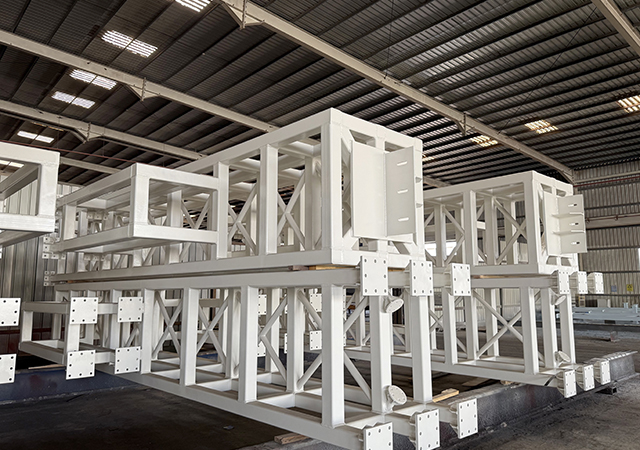




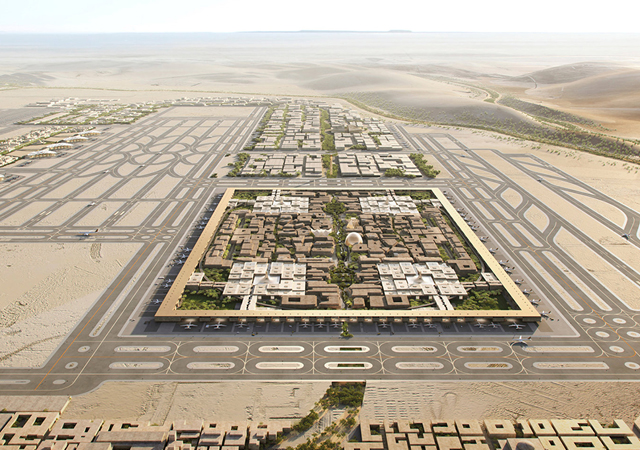
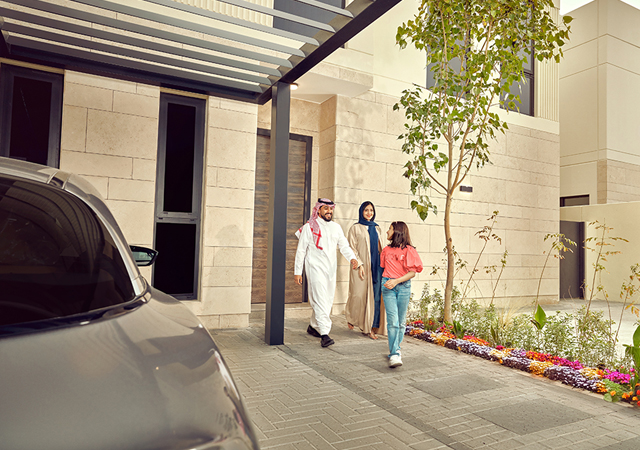
.jpg)




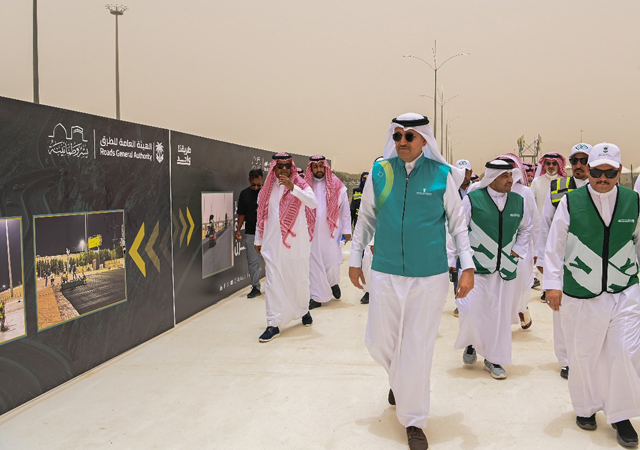

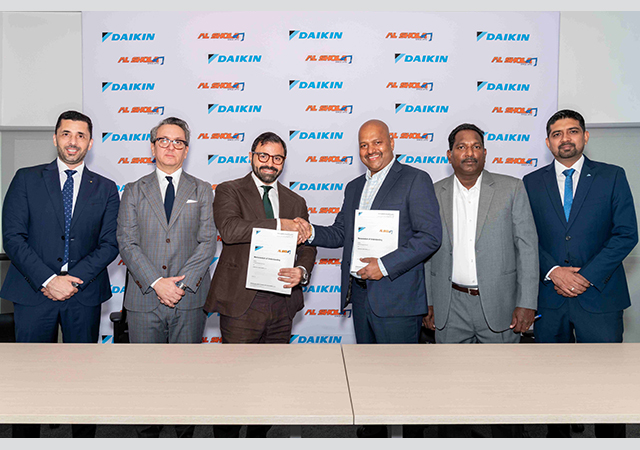

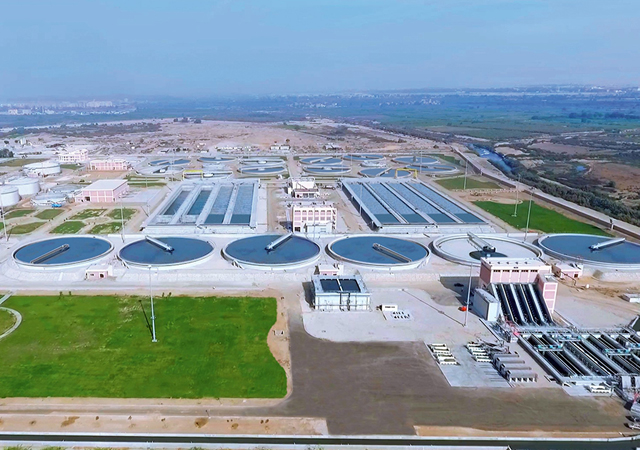
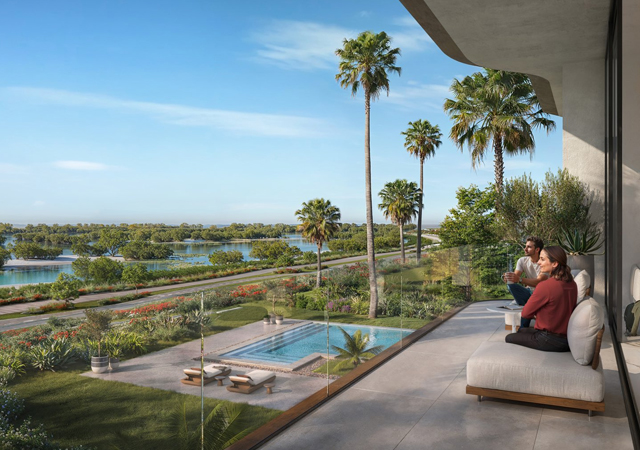
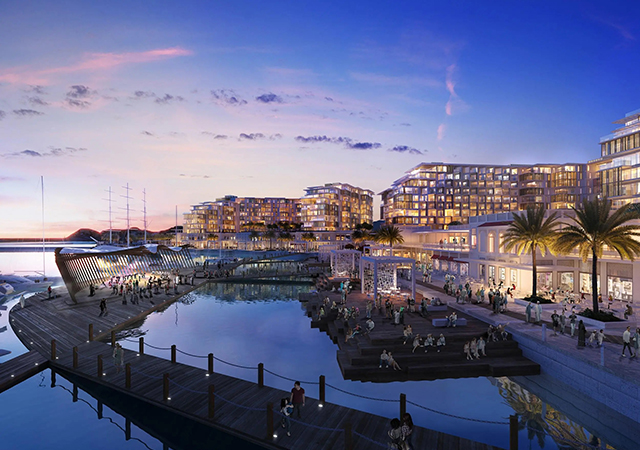

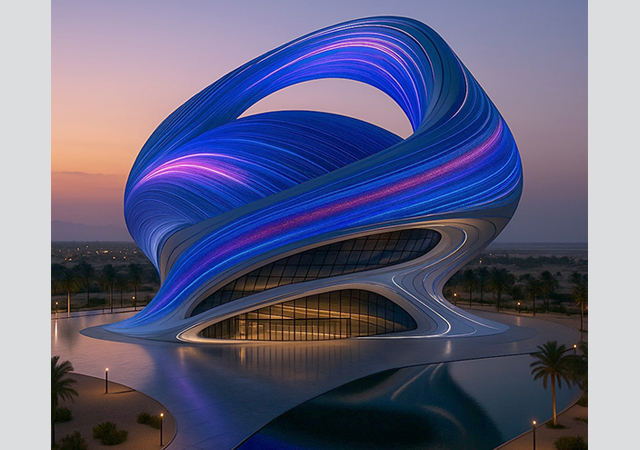

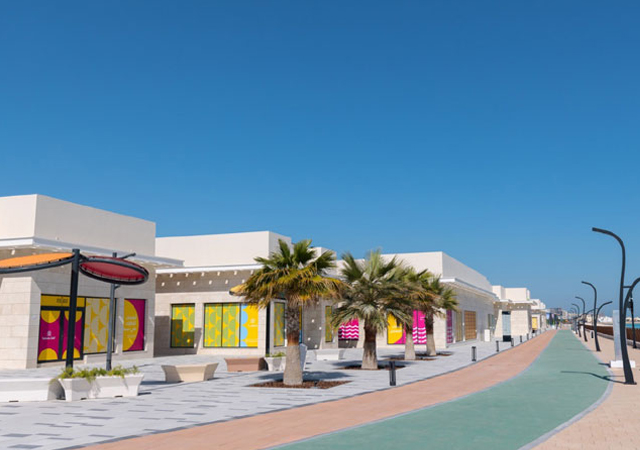

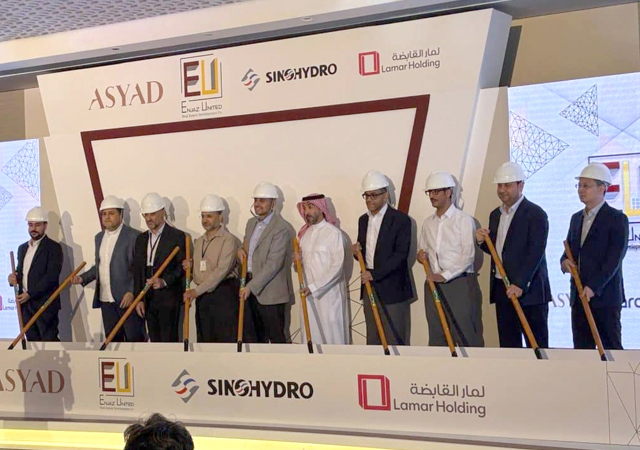
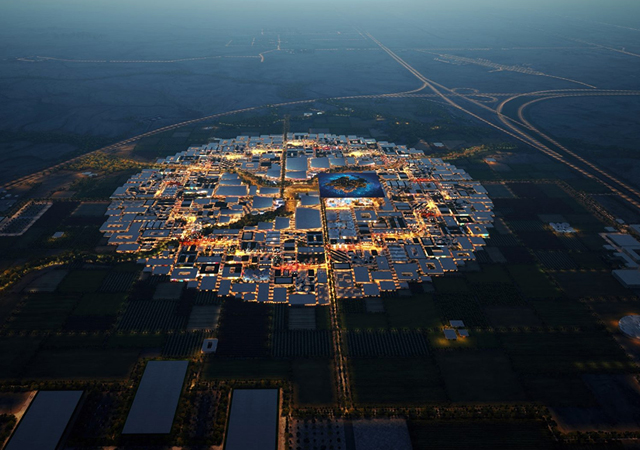
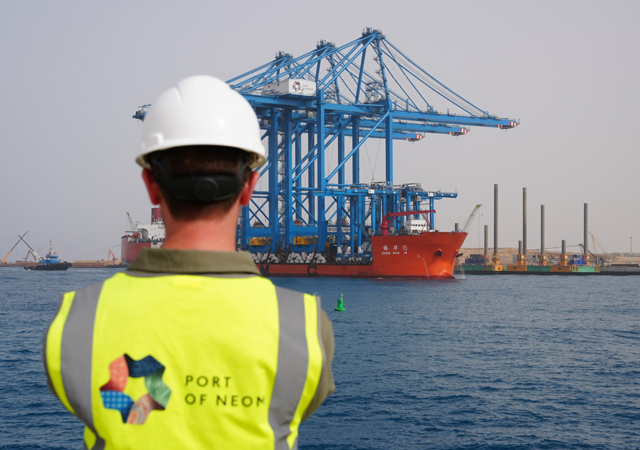
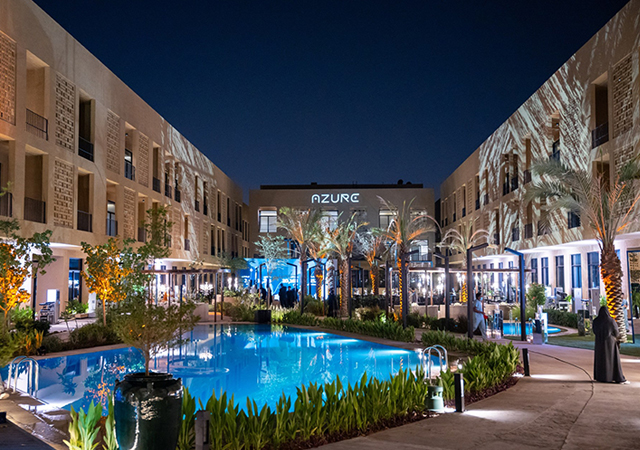
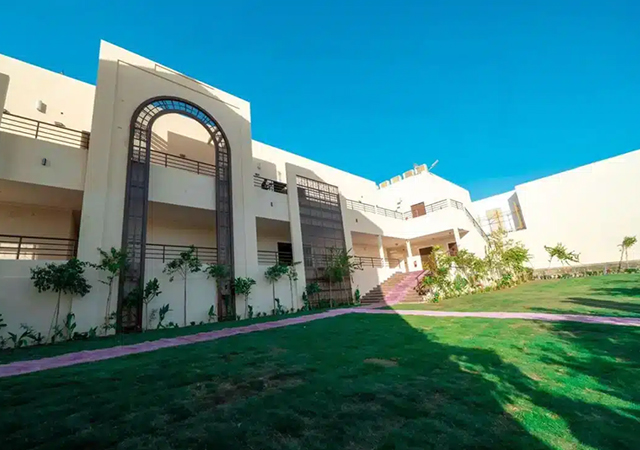


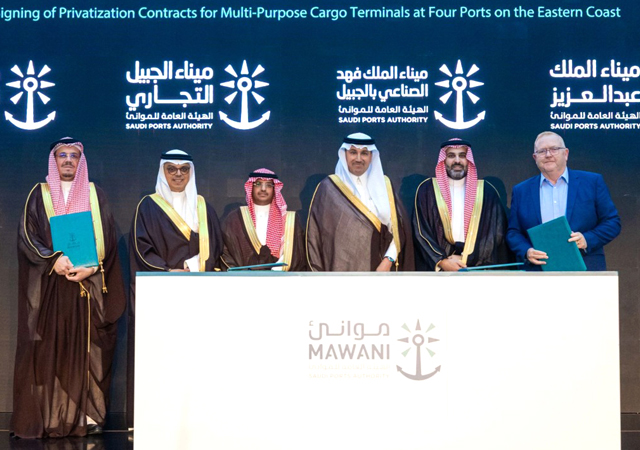
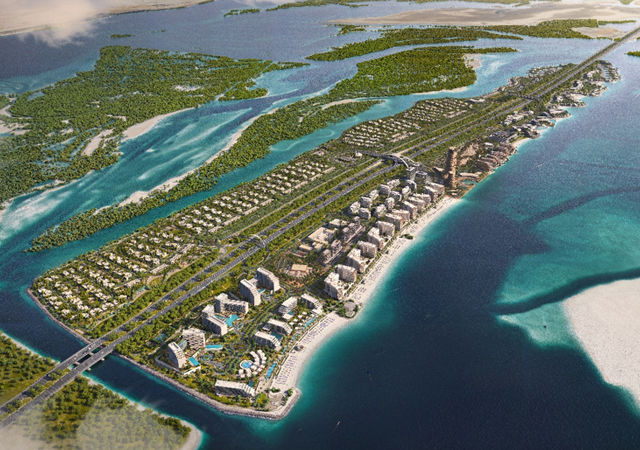

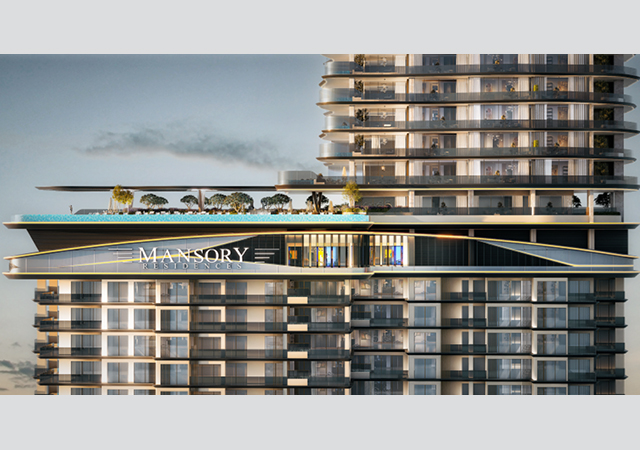
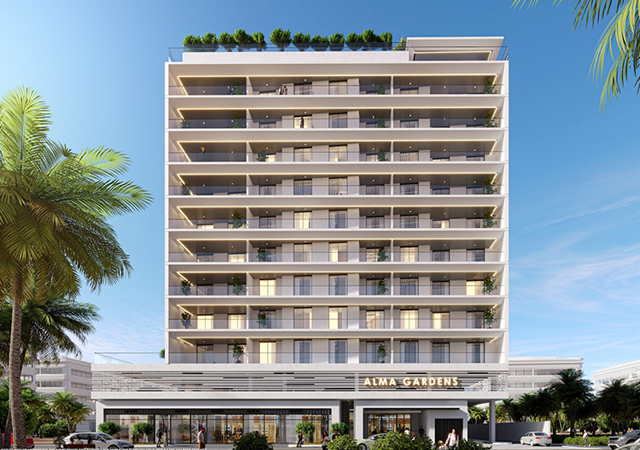

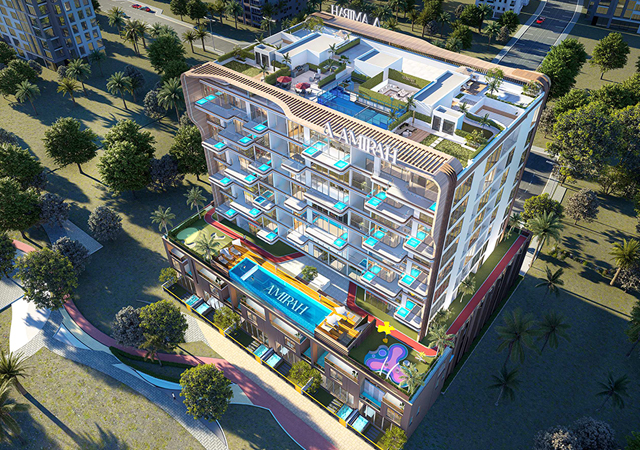
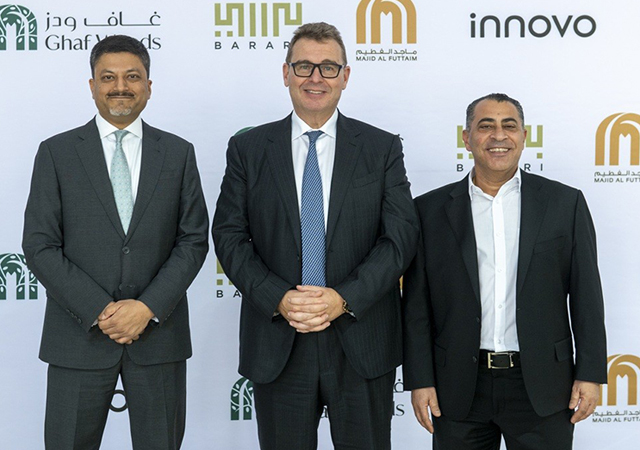
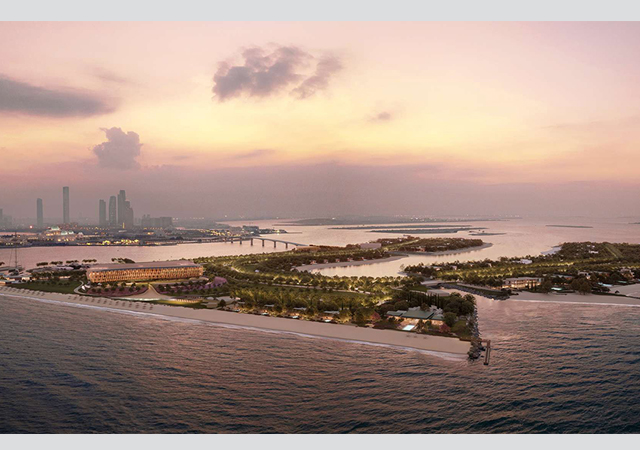
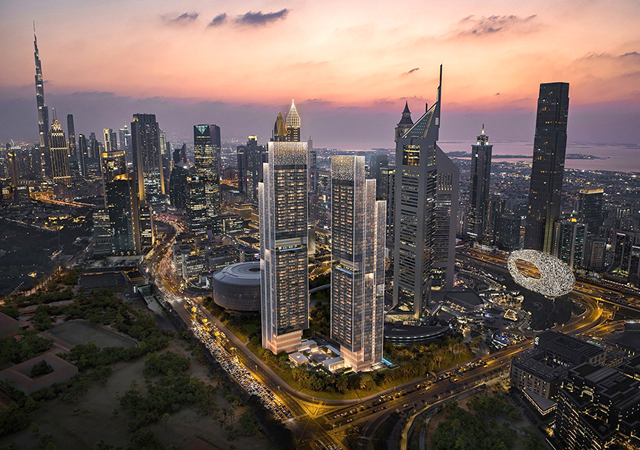
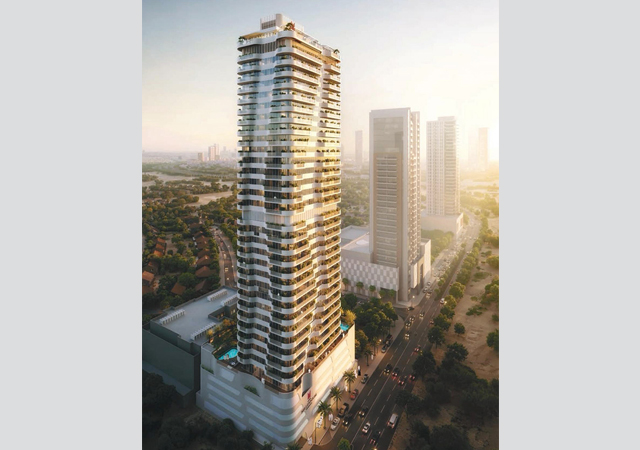
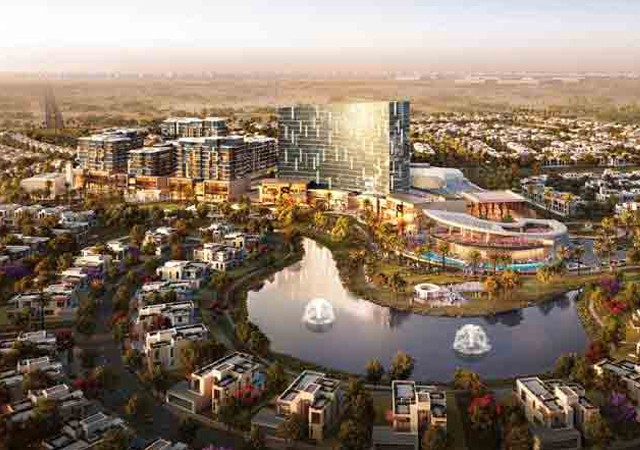

.jpg)













